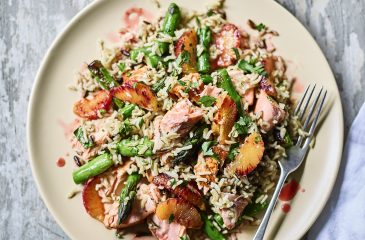Oranges appear, a bright juicy fruit, just as winter’s cold weather is closing in, and most other fresh fruit are but a memory of summer. There are so many ways to enjoy oranges—eat simply in segments, sliced into salads, squeezed into juice, its aromatic peel used in marmalade, liqueurs., even tea. In China, the peel is dried, and added to many winter stews, but it is also used for candied fruit and cakes, so redolent of the Christmas season. Its essential oil (neroli) is extracted from the flower and used in cakes, drinks, cocktails, jams and pastries. The cosmetics industry uses orange peel for its anti-wrinkle and skin-tightening properties, as well as for perfume, while the pharmacological industry takes advantage of their digestive, acidifying and antioxidant capacities.
Benefits of eating oranges:
- source of vitamins and substances that help regulate metabolic functions and digestion;
- rich in vitamins C, A and B as well as thiamine, riboflavin and niacin;
- contains bioflavonoids that help rebuild connective tissue collagen and strengthen tissues, bones and teeth;
- improves blood circulation;
- promotes the absorption of iron;
- prevents diabetes and arteriosclerosis;
- regulates the absorption of fats, proteins and sugars;
- strengthens the immune system.
Varieties of oranges
The PGI Blood Orange of Sicily – Arancia Rossa di Sicilia IGP is a fresh orange from the Tarocco, Moro and Sanguinello varieties. Its flavour is more perfumed, round, almost flower-like, while its flesh is characterised by a natural pigment – anthocyanin – that gives these oranges their typical red colour. The Arancia Rossa di Sicilia IGP is sold with the EU quality label on each fruit and is packaged respecting the general and technical standards for the fruit. The fruit is a rich source of vitamins and beneficial substances for the digestive system and metabolic functions, help to prevent infection and cell-ageing, thanks to the significant antioxidant qualities of anthocyanins in blood oranges.
Valencia oranges from Sicily have a light, juicy flesh. They are particularly prized as they ripen late – in Spring between March and April and can even be harvested until June. The fruit is very juicy and so particularly suitable for fresh orange juice but they can also be used in cooking – from salads to desserts, but also in meat and fish dishes.
Navel oranges are characterized by the growth of a second fruit at the apex, which protrudes slightly and resembles a human navel, giving them their name. Their peel is orange-yellow in colour and their flesh is slightly coarse, moderately juicy and completely seedless. This is the main variety grown in Sicily and they are widely appreciated for their low acidity, making their bright yellow juice particularly sweet. So delicious just the way they are – open them up and find the little navel, pop it into your mouth! – and they are also delicious squeezed into juicy, their peels grated into cakes and desserts, or the whole fruit used in jams and other confections.
Tacle oranges. Tacle is a new delicious Sicilian citrus fruit that looks like a small orange, and it is a hybrid of exceptional eating quality, due to its parentage including the delicious Tarocco orange and tasty clementine. It is seedless, easy to peel and has a distinctive tart aftertaste. It is generally eaten as a snack or at the end of a meal.















